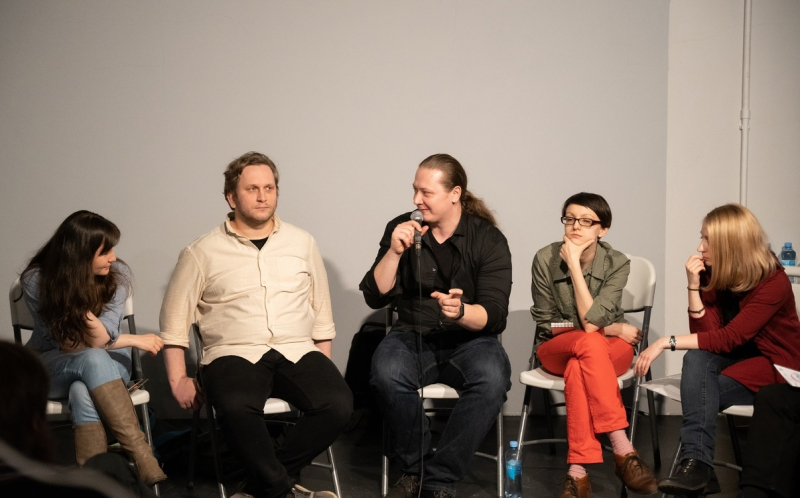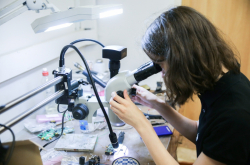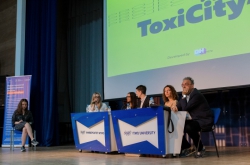The pandemic has raised many questions for medical specialists, biologists, economists, and sociologists. Artists also aim to make sense of this new reality. By means of paintings and installations, they share their perception of it, and contemplate on the subjects that emerged in association with the pandemic. Staying With the Trouble, an exhibition that took place at ITMO’s AIR art residence was one of the projects aimed at reflecting on the enhanced role of viruses in the contemporary world. Apart from presenting artworks, the organizers prepared a comprehensive educational program that involved lectures, round-table discussions, and workshops.
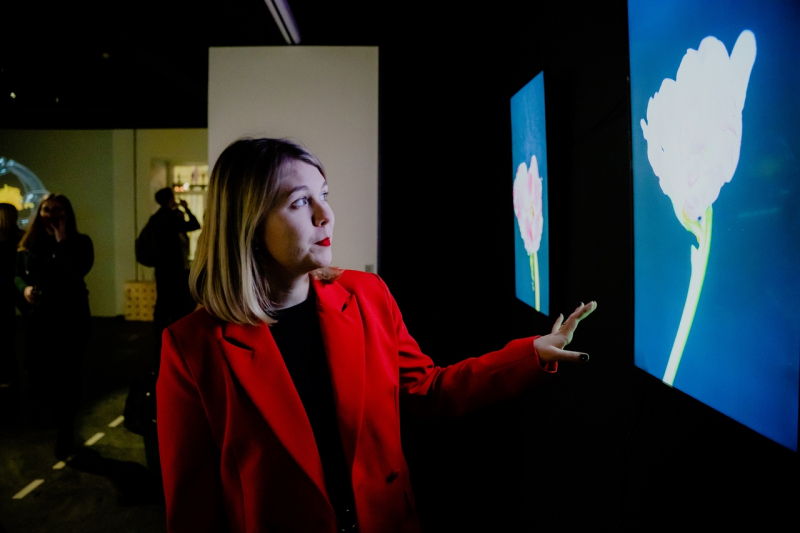
“We deemed it important to take a look at viruses from various perspectives,” comments Khristina Ots, the exhibition’s co-curator. “Biologists, virologists, and doctors spoke at the event, explaining what viruses are from a scientific standpoint. Art historians explained how pandemics were perceived in the past and how they are reflected in the Western art.”
The pandemic made us contemplate many philosophic issues. How do different lifeforms interact on our planet? How has humanity changed in the past year? Finally, how does one live in the time of global anxiety and stress? Discussions have always been deemed one of the best means to find answers to complex questions, so the organizers of Staying With the Trouble decided to hold one in conclusion of their project.
The round table was called Let’s Rot Together!. Despite the strange and somewhat gloomy name, the talk was dedicated to the future: it revolved around ways to find answers to questions that trouble us all, as well as reconstructing our society anew once the pandemic ends.
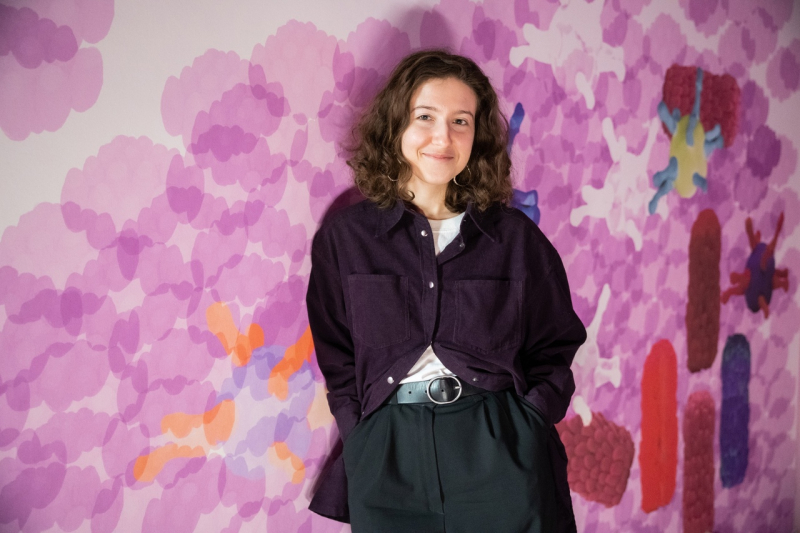
“Rotting is not only something that has to do with dying,” explains Anna Kaplan, the curator of the public program. “It is also a process of joint evolvement. After composting, there always comes the stage of plant growth. Our roundtable was to conclude the whole exhibition, and touch upon the cultural, artistic, and philosophical aspects of viruses in all their ambiguousness.”
Viruses and humans
The virus now governs many aspects of human lives. But this is a relatively new concept. Viruses have been known to scientists for only a little over a century. Their discovery is directly related to the development of complex magnification devices.
“Viruses are actually invisible, they “were introduced” in the end of the 19th century,” says Aleksandr Lenkevich, a philosophy lecturer at ITMO University. “In this sense, they are something “invented” [by scientists]. In order to “invent” a virus, one needs lots of techniques and special equipment, media. You can read about this in detail in the famous article by Bruno Latour Give Me a Laboratory and I Will Raise the World and his book The Pasteurization of France, where he shows how many various instruments and recording techniques one needs in order to make bacteria and microbes “seen.” Without these media, viruses don’t exist in the context of human culture.”
As viruses can’t be seen without the help of a microscope, people conceptualize these phenomena differently. Various superstitions, philosophical concepts and phantasms emerge in connection to these invisible agents.
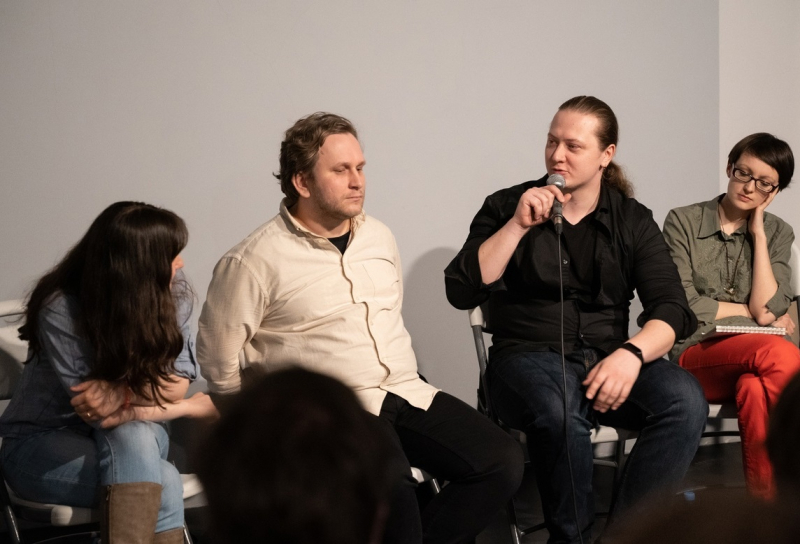
“We always project our desires or fears on viruses,” explains Aleksandr Lenkevich. “Once, those were fears associated with the cold war and the search for the enemy from within. Now it is the desire for reconstructing oneself, the emergence of new relationships, as well as collective and individual bodies.”
Viruses and goals
Despite all the efforts of scientists, works of philosophers and books created by writers, viruses remain a concept we still don’t understand in its entirety. They change our habits, our travel patterns, and even affect our outlook. But working with this kind of experience is quite hard, as viruses are unlike any other enemies that humans have encountered.
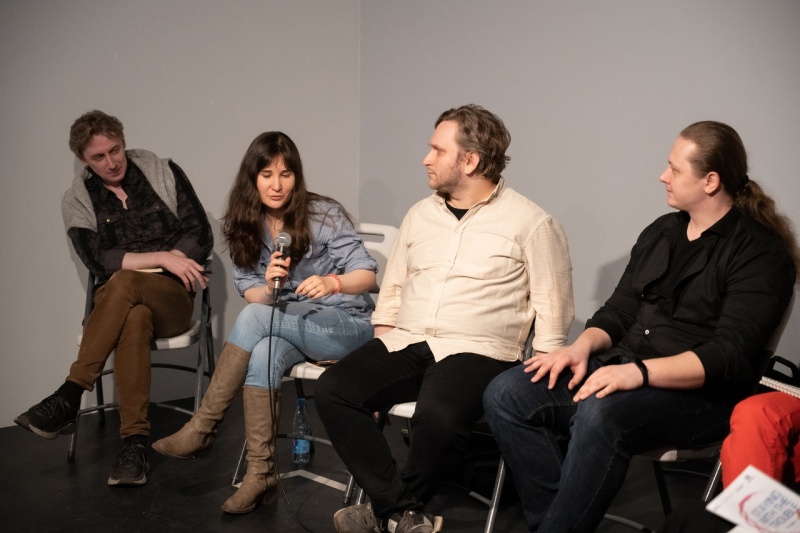
“Our anxiety associated with the virus has to do with not just the consequences related to health-related consequences of an illness, personal relations, and politics, but also with the very existence of such substances that can’t be called neither living nor dead,” believes Ksenia Kapelchuk, another philosophy lecturer at ITMO, “ These things have an effect, they change organisms that they come in contact with, and we can’t tell what they want. To my mind, this is one of the scariest factors.”
Indeed, thinking about global events that have no purpose can be hard and frightful for a human being. This is why people subconsciously try to find this purpose, attributing natural phenomena, viruses included, with some will of their own. This helps cope with stress but often hinders the understanding of what’s really happening.
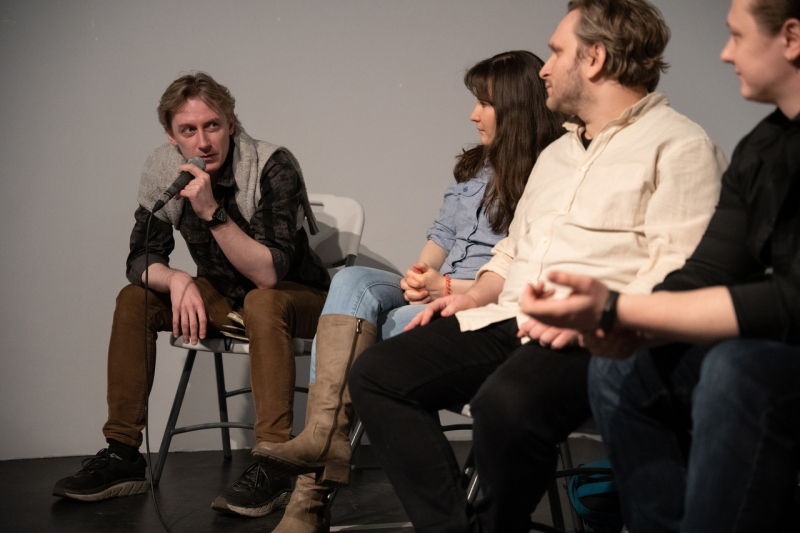
“How do we work with a virus? We say,“a virus has to attach itself to a cell in order to reproduce,”comments Ilya Mavrinskiy, a philosopher. “This is the thought process that we build upon. We need something to organize and gather the phenomena into a common picture. The question is whether we remember that it was us who shaped this picture, and thus it could’ve been shaped differently, or we don’t. In most cases, we don’t remember that.”
Virus and the future
But the key issue is what to do in these new circumstances, in the new social reality where the virus is its integral part. Some offer to seek salvation in the virtual reality where one doesn’t have to come in contact with viruses or any living matter whatsoever.
Others propose art projects that aim to further integrate viruses into our culture.
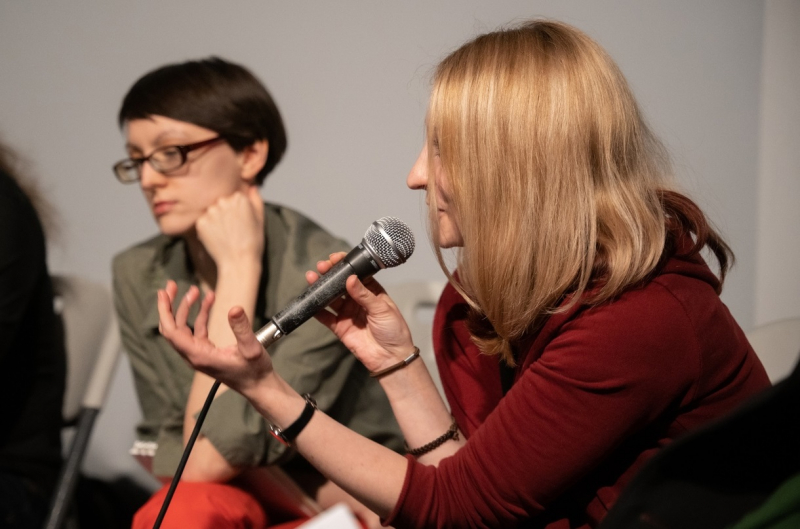
“Today, artists actively discuss the topic of a personal virus or set of viruses, the notion of organizing a web store where one can order a set of biologically active viruses that would restructure them in a desired way,” says Alina Latypova, a philosophy lecturer at ITMO University.
But it's clear that humanity is yet to give a meaningful response to the current situation. According to Ilya Mavrinskiy, this is substantiated by the fact that practically all philosophical concepts of the past decades, even those that contradict each other, can be used to describe the social reality of 2020. Simultaneously. This can be seen as something that proves both their consistency and inconsistency. Therefore, the world’s thinkers have a lot to do in the future, as they will have to find some sound cultural foundation for humanity in the modern world.
